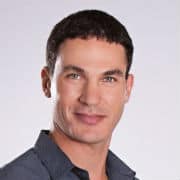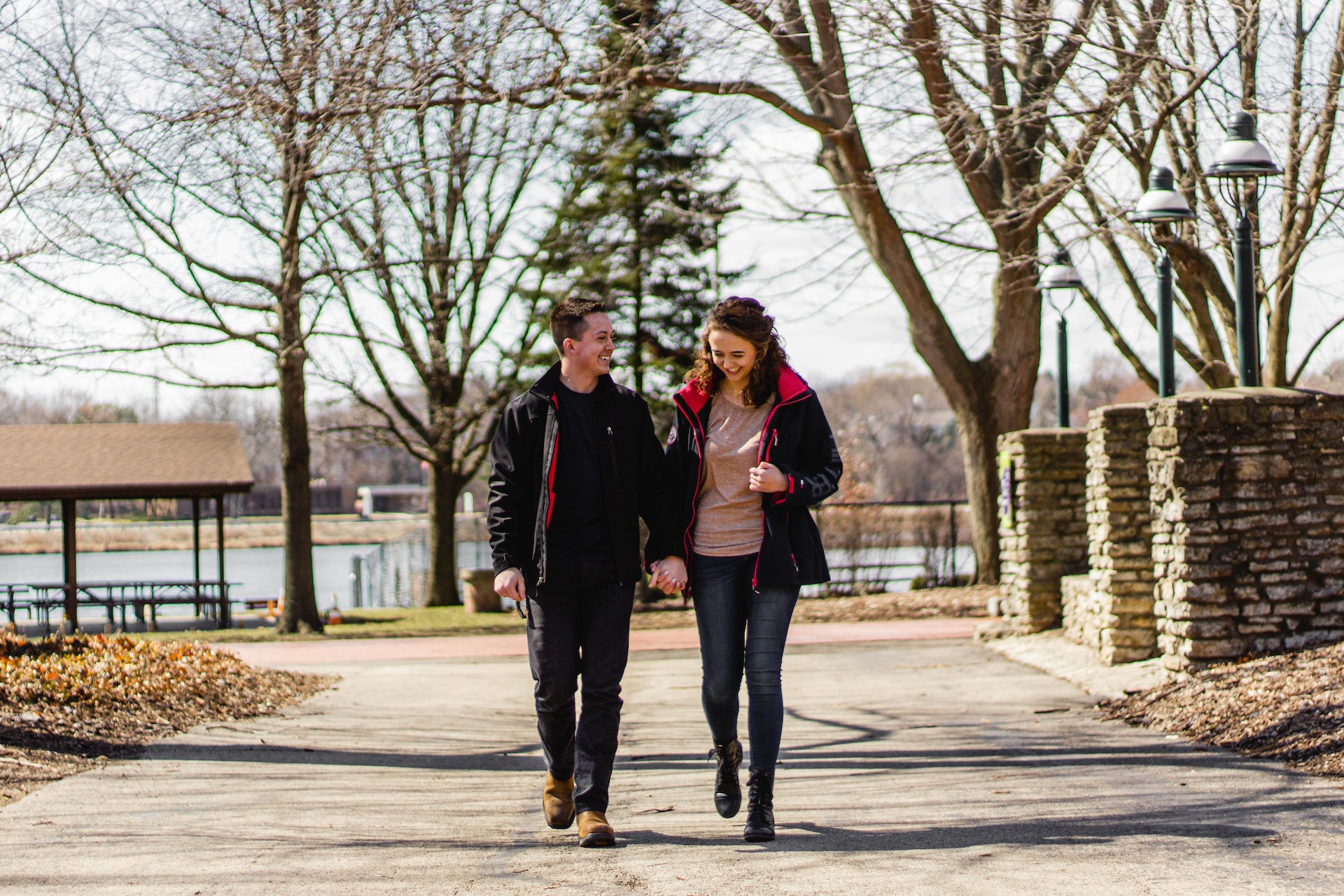This time the message feels very different and his response is immediate and visible – he softens and gets closer to her, holding her hand.
Joe’s body becomes stiff when his wife, Kelly, quietly says that Joe doesn’t share his struggles with her. Kelly can tell he is troubled but she doesn’t know why. As Kelly looks at her husband, he looks down, his shoulders folding in and his back contracting (they are both sitting in rolling chairs facing each other). He starts to respond but I stop him and ask him to first take a moment and notice his initial reactions to Kelly’s statement – his feelings, sensations and thoughts when he heard her say that he holds back from her.
Joe takes a moment to be mindful of his experience, and reveals that he is sorting out inside what he can say to her and what he can’t. He recognizes this is a familiar pattern for him; this is how he filters things and doesn’t share them with Kelly.
I notice his posture and I ask permission to get close to him and use touch. I role my chair to his side and put a hand on his mid-back, sensing the center of the tension there and gently making contact with it while using light pressure. Suddenly, he notices how tense his body is, and he recognizes his pattern of folding his chest and getting tense in his back. “When it’s really bad, I feel the tension all the way up to my neck,” he admits.
Through my touch and guidance, we explore the pattern that manifests in his body. He recognizes that when he is worried he tends to burrow into himself. He doesn’t share his fears with others, thinking he shouldn’t burden them. Joe believes his troubles are too small in comparison to the difficult lives many people have. His posture is creating a kind of a “lock box” around himself. It’s hard and it’s lonely, but it’s how he has learned to survive.
When Joe seems open to making a change, I invite him to breathe into his back and to relax around my fingers. He releases a little, and his posture straightens up. Now he seems more open. At the same time, he becomes a little sad, recognizing the price he is paying for this pattern. He then goes on to tell his wife a little more about his insecurity and shame around searching for a new job.
His wife listens quietly, asking some questions in a hesitant voice, making sure not to close him back up. Kelly asks him what can she “practically do” to help him. As she responds to him she is attentive and pleasant. On the outside, it seems like a good response, but in tracking her body I sense that something is missing – Kelly is trying to help her husband but she is not showing much emotion or empathy. She has a tendency to be practical and action-oriented rather than emotionally available.
I move to her side, and with her permission I put a hand on her back, behind her heart. After a few moments her heart feels more open and her chest relaxes. I explain to her that Joe needs her to show that she understand how he feels, to reassure him that she is interested and that it’s not a burden for her; that on the contrary, it makes her feel closer to him. I ask Kelly to move her chair closer to him, to get within an attachment distance and speak to him.
This time the message feels very different and his response is immediate and visible – he softens and gets closer to her, holding her hand. This is an important moment for this partnership, in which they learn how to create a different “dance” with each other. “This was hard work,” he says, smiling, as they leave the room. “I feel like I need to take a long hot bath now...“
 Gal Szekely, MFT
Gal Szekely, MFT
Founder of The Couples Center, Gal has a warm and practical approach that recognizes and honors the best in every person. Gal’s relationship with his wife is the source of inspiration for his commitment to helping couples create thriving relationships. Going through their relationship struggles made him realize how a committed relationship is the most important vehicle for one’s personal growth. Gal has a lifelong dedication to learning and growth and is trained in many different.

 Call Us Now
Call Us Now



